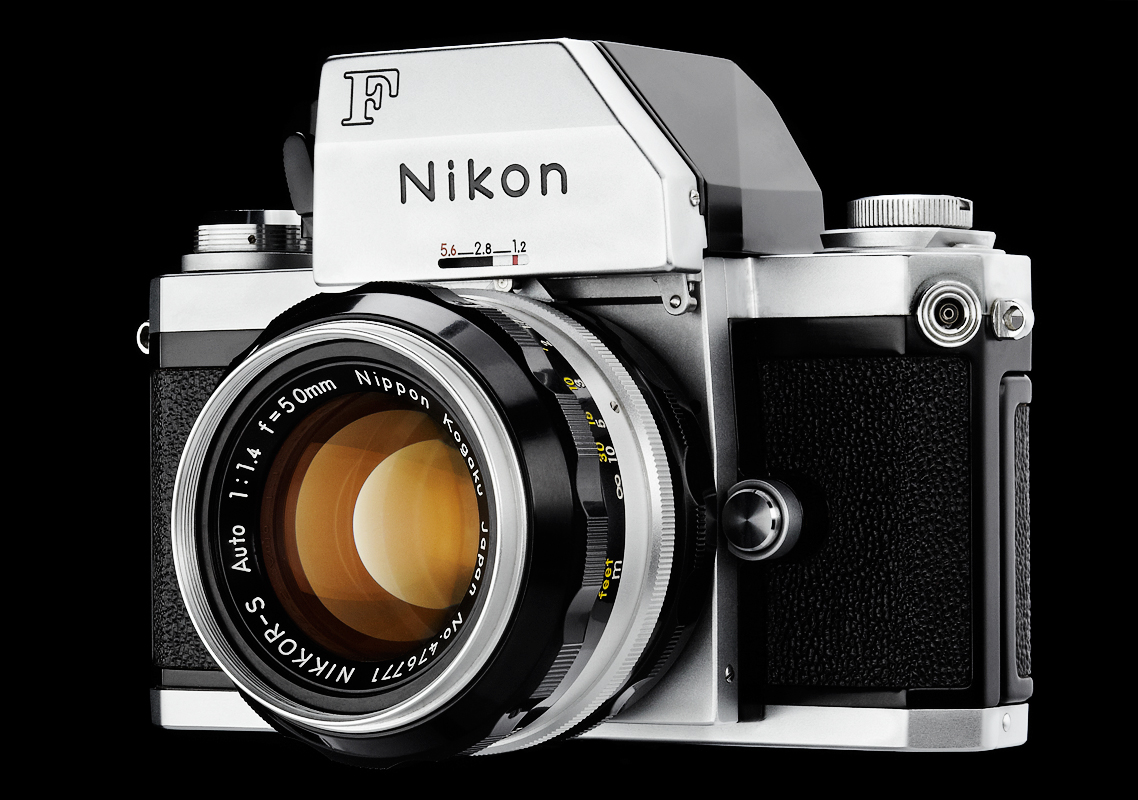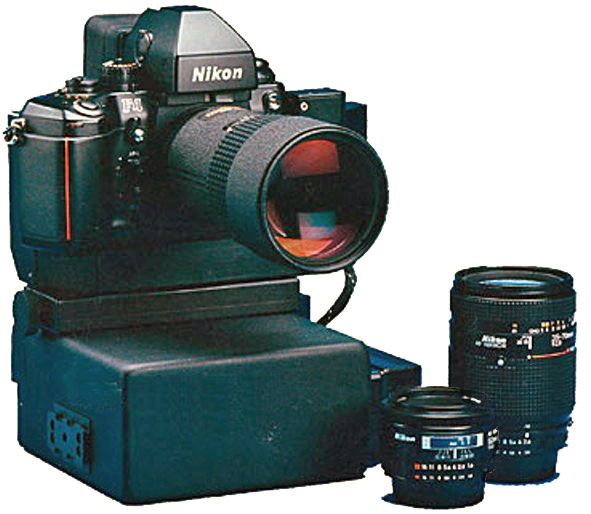|
Nikon 1 V3
The Nikon 1 V3 is a digital mirrorless camera announced by Nikon on March 13, 2014. Compared to its predecessor, the Nikon 1 V2, it has a higher resolution sensor (18 megapixels, up from 14 megapixels), built-in Wifi, FullHD video at 60 frames per second (non-interpolated), up to 120 frames per second video at 720p resolution, 20fps continuous AF, and 171 focus points, which Nikon claims gives better tracking autofocus than even DSLR cameras. See also * Nikon 1 series * Nikon 1-mount The Nikon 1-mount is a type of interchangeable lens mount developed by Nikon for its Nikon CX format mirrorless interchangeable-lens cameras. The 1-mount was first introduced on the Nikon 1 series in 2011, and features a bayonet mount. Compatib ... References *http://www.dpreview.com/products/nikon/slrs/nikon_v3/specifications Nikon MILC cameras V3 Cameras introduced in 2014 {{camera-stub ... [...More Info...] [...Related Items...] OR: [Wikipedia] [Google] [Baidu] |
Megapixel
In digital imaging, a pixel (abbreviated px), pel, or picture element is the smallest addressable element in a raster image, or the smallest point in an all points addressable display device. In most digital display devices, pixels are the smallest element that can be manipulated through software. Each pixel is a sample of an original image; more samples typically provide more accurate representations of the original. The intensity of each pixel is variable. In color imaging systems, a color is typically represented by three or four component intensities such as red, green, and blue, or cyan, magenta, yellow, and black. In some contexts (such as descriptions of camera sensors), ''pixel'' refers to a single scalar element of a multi-component representation (called a ''photosite'' in the camera sensor context, although '' sensel'' is sometimes used), while in yet other contexts (like MRI) it may refer to a set of component intensities for a spatial position. Etymology ... [...More Info...] [...Related Items...] OR: [Wikipedia] [Google] [Baidu] |
Nikon
(, ; ), also known just as Nikon, is a Japanese multinational corporation headquartered in Tokyo, Japan, specializing in optics and imaging products. The companies held by Nikon form the Nikon Group. Nikon's products include cameras, camera lenses, binoculars, microscopes, ophthalmic lenses, measurement instruments, rifle scopes, spotting scopes, and the steppers used in the photolithography steps of semiconductor fabrication, of which it is the world's second largest manufacturer. The company is the eighth-largest chip equipment maker as reported in 2017. Also, it has diversified into new areas like 3D printing and regenerative medicine to compensate for the shrinking digital camera market. Among Nikon's many notable product lines are Nikkor imaging lenses (for F-mount cameras, large format photography, photographic enlargers, and other applications), the Nikon F-series of 35 mm film SLR cameras, the Nikon D-series of digital SLR cameras, the Nikon Z-series of ... [...More Info...] [...Related Items...] OR: [Wikipedia] [Google] [Baidu] |
Nikon 1 V2
The Nikon 1 V2 is a Nikon 1 series high-speed mirrorless interchangeable-lens camera launched by Nikon on October 24, 2012. Featuring a new 14 megapixel image sensor and further increased autofocus ( hybrid autofocus with phase detection/contrast-detect AF and AF-assist illuminator) speed to 15 frames per second (fps), the maximum continuous shooting speed stays at 60 fps for up to 40 frames. The image processor Expeed 3A, a successor to the Expeed 3 used in the former Nikon 1 series cameras, features a new (according to Nikon) image-processing engine with increased speed of up to 850 megapixels per second. It is developed exclusively for Nikon 1 cameras. The Nikon 1 V2 succeeds the Nikon 1 V1 and is succeeded by the Nikon 1 V3. The Nikon 1 V3 improves on the previous model with an 18.4MP sensor, built-in Wifi, FullHD video at 60 frames per second (non-interpolated), up to 120 frames per second video at 720p resolution, 20fps continuous AF, and 171 focus points, which Nikon ... [...More Info...] [...Related Items...] OR: [Wikipedia] [Google] [Baidu] |
Nikon 1 Series
The Nikon 1 series is a discontinued camera line from Nikon, originally announced on 21 September 2011. The cameras utilized Nikon 1-mount lenses, and featured 1" CX format sensors. The series included the Nikon 1 V1, J1, J2, and S1 with a 10-megapixel image sensor, the V2, J3, S2 and AW1 with a 14-megapixel image sensor and further increased autofocus speed to 15 frames per second (fps), and the 1 V3, J4 with a new 18-megapixel image sensor, further increased autofocus speed to 20 fps, 120 fps HD slow-motion at 1280 x 720 and 1080/60p. The J5 model added a 20.8MP sensor in 2015 and kept most other technical specifications the same as the J4 model. At the time of announcement, Nikon claimed that the cameras featured the world's fastest autofocus, with 10 fps—even during videos—based on hybrid autofocus (phase detection/contrast-detect AF with AF-assist illuminator), as well as the world's fastest continuous shooting speed (60 fps) among all cameras with interchang ... [...More Info...] [...Related Items...] OR: [Wikipedia] [Google] [Baidu] |
Nikon 1-mount
The Nikon 1-mount is a type of interchangeable lens mount developed by Nikon for its Nikon CX format mirrorless interchangeable-lens cameras. The 1-mount was first introduced on the Nikon 1 series in 2011, and features a bayonet mount. Compatibility to Nikon F-mount The F-mount adapter FT1 enables the use of all F-mount lenses especially with integrated autofocus motor. The FT1 adapter mounts and meters with all AI-P, AF, AF-S, D and G lenses and compatibles providing autofocus with all lenses with integrated autofocus motor. It further mounts Pre-AI, AI, AI-S and E lenses without metering as well as lenses which jut out the F-mount (needing mirror lock-up on cameras with mirror). Also although not recommended, it is used with teleconverters for extreme telephotos. Lenses Zoom lenses Power zoom lenses Prime lenses Third party lens Future lenses At the Nikon 1 launch in October 2011, Nikon showcased seven prototype lenses. As of October 2012, five of these prototypes ... [...More Info...] [...Related Items...] OR: [Wikipedia] [Google] [Baidu] |
Nikon MILC Cameras
(, ; ), also known just as Nikon, is a Japanese multinational corporation headquartered in Tokyo, Japan, specializing in optics and Photography, imaging products. The companies held by Nikon form the Nikon Group. Nikon's products include cameras, camera lenses, binoculars, microscopes, ophthalmic lenses, measurement instruments, rifle scopes, spotting scopes, and the steppers used in the photolithography steps of Semiconductor device fabrication, semiconductor fabrication, of which it is the world's second largest manufacturer. The company is the eighth-largest chip equipment maker as reported in 2017. Also, it has diversified into new areas like 3D printers, 3D printing and regenerative medicine to compensate for the shrinking digital camera market. Among Nikon's many notable product lines are Nikkor imaging lenses (for Nikon F-mount, F-mount cameras, large format photography, photographic enlargers, and other applications), the Nikon F-series of 35mm format, 35 mm film SLR ... [...More Info...] [...Related Items...] OR: [Wikipedia] [Google] [Baidu] |
Nikon 1-mount Cameras
(, ; ), also known just as Nikon, is a Japanese multinational corporation headquartered in Tokyo, Japan, specializing in optics and imaging products. The companies held by Nikon form the Nikon Group. Nikon's products include cameras, camera lenses, binoculars, microscopes, ophthalmic lenses, measurement instruments, rifle scopes, spotting scopes, and the steppers used in the photolithography steps of semiconductor fabrication, of which it is the world's second largest manufacturer. The company is the eighth-largest chip equipment maker as reported in 2017. Also, it has diversified into new areas like 3D printing and regenerative medicine to compensate for the shrinking digital camera market. Among Nikon's many notable product lines are Nikkor imaging lenses (for F-mount cameras, large format photography, photographic enlargers, and other applications), the Nikon F-series of 35 mm film SLR cameras, the Nikon D-series of digital SLR cameras, the Nikon Z-series ... [...More Info...] [...Related Items...] OR: [Wikipedia] [Google] [Baidu] |




